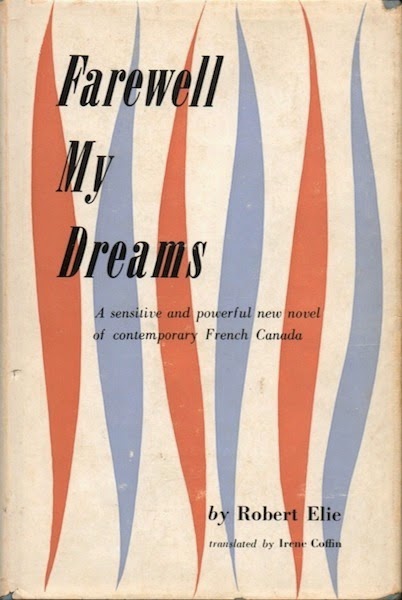For this year, at least. Not only will budget not allow, I'm running out of room.
I shouldn't complain.
These past eleven months have brought an embarrassment of riches – and at such small cost! Case in point, G. Herbert Sallans' uncommon Little Man, a book I've wanted for a ferret's age. Sure, the dust jacket isn't in the best condition, but online listings for jacketless copies run to US$1899. I bought my Sallans for three Canadian dollars. This happened back in July. I was taking advantage of a London bookstore's moving sale. The copy was originally marked at fifteen.
During that same visit, another bookstore yielded a pristine American first of Tony Aspler's The Streets of Askelon, the roman à clef inspired by Brendan Behan's disastrous 1961 visit to Canada. I'd been hunting it for a loon's age. Cost me a buck.
Little Man and The Streets of Askelon are two of the ten favourite books bought this year. What follows are the remaining eight:
All Else is Folly
Peregrine Acland
New York: Coward-
McCann, 1929
A title that will be familiar to regular readers. After eight decades, All Else is Folly finally returned to print this year, complete with new Introduction by myself and Great War scholar James Calhoun. I won this particular copy, inscribed by Acland, in an eBay auction on the very day we completed our work.
Under Sealed Orders
Grant Allen
New York: Grosset &
Dunlap, [n.d.]
A political thriller by my favourite Canadian novelist of the Victorian era, I've been saving this one for a snowy weekend. This may not be a first edition, but I'm confident that it's the most attractive. Six plates! Purchased for US$9.95 from an Illinois bookseller.
George Elliott Clarke
London: Eyewear, 2013
A collection of verse by an old friend, Illicit Sonnets stands out in George's bibliography as the first published in England. At the same time, it's typical of the high quality titles coming from ex-pat Montrealer Todd Swift's Eyewear Publishing. A poet himself, Todd dares publish verse in hardcover… as it should be.
The Prospector
Ralph Connor [pseud.
Charles W. Gordon]
Toronto: New
Westminster, [n.d.]
You can get pretty much any Connor title for two dollars. My problem is that I never quite remember what I have. This copy of The Prospector, bought in London for $1.50, turned out to be a duplicate. I thought I'd wasted my money until I noticed that it's inscribed by the author.
Gilbert Knox [pseud.
Madge Macbeth]
Ottawa: Graphic, 1924
The subject of a forthcoming column in Canadian Notes & Queries, this roman à clef centres on a character based Arthur Meighen. It was a scandal in its day, and holds up rather well, even though many of its models are forgotten.
There Was a Ship
Richard Le Gallienne
Toronto: Doubleday,
Doran & Gundy, 1930
Found in downtown London on Attic Books' dollar cart. If John Glassco is to be believed – evidence is slight – he took down this novel as Le Gallienne dictated in a semi-stuper. Either way, it's a pretty good story… by which I mean Glassco's. Le Gallienne's? I'm not so sure.
Fasting Friar
Edward McCourt
Toronto: McClelland &
Stewart, 1963
I'd never so much as heard of Fasting Friar, before coming across a pristine copy – $9.50 – at Montreal's Word Bookstore. An engaging novel in which academic life and censorship intertwine, it proved to be one of this year's favourite reads. Still hate the title, though.
Mrs. Spring Fragrance
Sui Sin Far [pseud.
Edith Eaton]
Chicago: McClurg, 1912
The only title published during Eaton's lifetime, I paid US$100 for this Very Good copy. This would've been back in the spring. Appropriate. Since then a Good copy has shown up for sale online at US$45.85.
Je ne regrette rien.
Update: Grant Allen's Under Sealed Orders now read.
















































